Balance. The world of education (and the world at large) is looking for it after a crazy school year and a global pandemic. After a year of nearly all-virtual instruction, what will the future of education look like? With a surplus of seemingly necessary screen time thanks to distance learning, how can teachers balance that season of digital instruction?
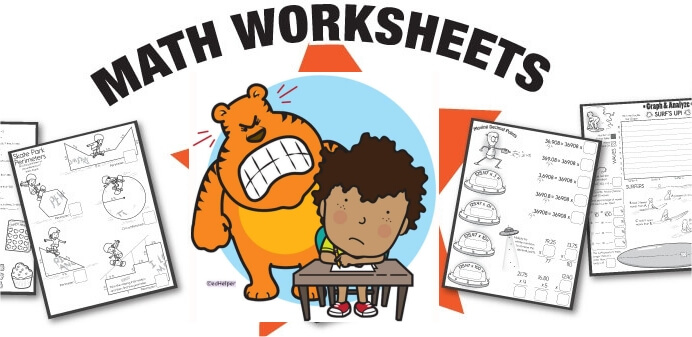
Technology has its perks, that is certain. Advancements in technology have provided students with the opportunity to play games as they learn, engage in virtual labs when hands-on options are no longer available, and read limitless books thanks to digital libraries. But what about pencil and paper options? Is there still a place for worksheets in your classroom?
The Cons of Worksheets
One of the goals of education is to create authentic experiences for our students. Some would argue there is no Hidden Magic in Using Math Workbooks and that a worksheet can't teach children. A piece of paper with questions is more of an assessment than an authentic learning experience.
Many believe that play is the greatest teacher, and that allowing students to play with others teaches problem-solving skills, collaboration, and communication. Research supports the idea that peer-to-peer interaction facilitates learning and comprehension. Since many worksheets can be completed independently, they tend to lose the collaboration component. Because many require little more than a pencil to complete, they are often not very abstract and kill creativity.
Still other educators believe that worksheets decontextualize learning. They take a concept out of context, and rather than helping to create understanding, they support students in memorizing content for an exam instead of supporting them as lifelong learners. Thanks to the all-powerful internet, those with this philosophy feel that memorizing to demonstrate mastery is a thing of the past. Employers will not ask job applicants to quickly fill out a drill-and-kill style worksheet listing everything that they know about a certain topic or company. Instead, they will want to hear what they know. Applicants need to be good communicators. They need to know how to work well with others and solve problems.
All of this is true! But at what point do we transition to learning and demonstrating mastery of content? As state standards continue to evolve, younger and younger students are being held accountable for their learning. As more and more high-stakes tests are put into place, students need to know how to complete paper or digitally enhanced versions of assessments.
The Pros of Worksheets
This year, perhaps more than ever, we've seen the great equity divide in our classrooms, communities, and countries. Unfortunately, not all students have access to the same quality resources. A student completing distance learning on a brand-new lighting-speed laptop with dependable internet is not having the same experience as a student using a district-provided device that lacks memory while sitting in a drive-through parking lot trying to access free Wi-Fi. One of the benefits of using worksheets or quality printables is that you, as the educator, can ensure that every student has equitable access.
Additionally, there is research to support the idea that a well-designed, purposely used worksheet can not only support students in solidifying content learned during a lesson but also provide valuable opportunities to practice problem-solving and help students learn to work independently and follow directions. While a potential employer may not ask a future employee to complete a timed worksheet as part of the interview process, they will most likely be seeking to hire someone who can correctly complete paperwork, follow directions when filling out forms, and work accurately and independently when needed.
Math worksheets, for example, are particularly beneficial. Not only do they help to bridge the gap between observing and doing, but they also help to build mathematical fluency. Students can still approach problems using any method they choose, but the opportunity to practice those varied approaches on paper is extremely beneficial.
We're also learning that using a paper and pencil, whether that is with a notebook or quality worksheet, helps students process their learning in a way that does not often happen when using technology. Research supports the idea that students learn best when they can process information, and they process information best when writing and solving problems by hand rather than on a device.
Sample of Worksheets that Work - Includes Math, Writing, Grammar, and Reading Comprehension
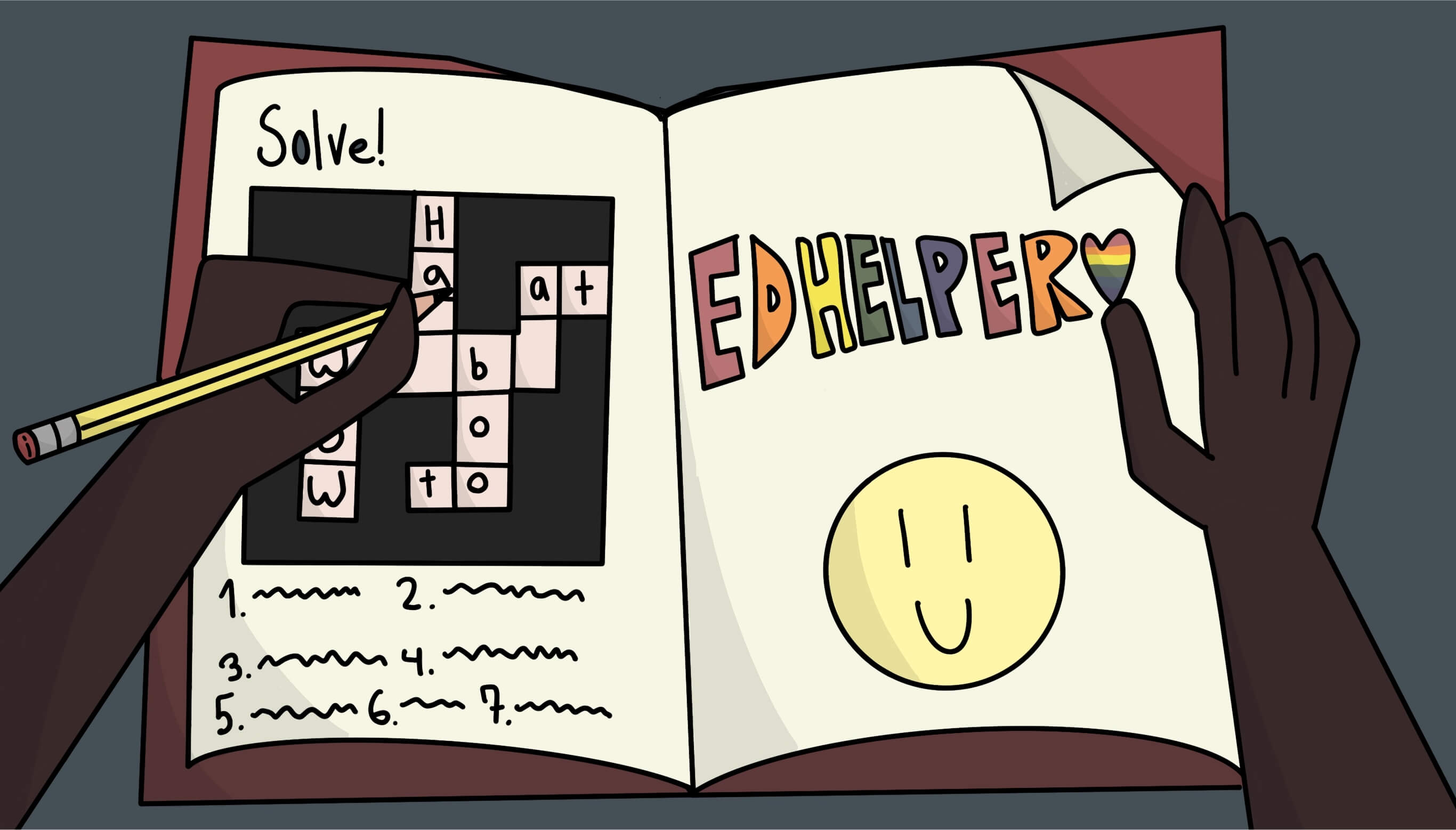
Kindergarten Worksheets that Work
1st Grade Worksheets that Work
2nd Grade Worksheets that Work
3rd Grade Worksheets that Work
4th Grade Worksheets that Work
5th Grade Worksheets that Work
6th Grade Worksheets that Work
The Answer
There has never been one right way to teach. Teaching is not a "one-size-fits-all" occupation. Each year, as your diverse students make their way to your classroom, your greatest task (and possibly greatest struggle and joy) is learning how to differentiate your instruction to meet their varied needs. There is a balance between hands-on inquiry, experiential learning, small group instruction, whole group instruction, technology, and worksheets. There has always been a need for this type of balance, and there likely always will be! Worksheets can and do still have a place in your classroom.
As you begin to prepare for the upcoming school year and seek to make up for lost instruction time due to the pandemic, what are some key factors you should look for when selecting worksheets to use with your students?
-Purposeful: Make sure that you are using worksheets that serve a purpose, like practicing sight words or reviewing mixed language arts, and not just as busywork. You may want to use a worksheet as bell work or morning work but have the morning's worksheet connect to the day's upcoming content or review the material covered the day before.
-Creative: Nothing kills the love of learning faster than a boring drill-and-kill worksheet. These do nothing but bore your students, guarantee a collective groan, and quite possibly create anxiety. A student who is struggling with math then suddenly given a page of 50 multiplication problems to solve is not going to rise to meet the challenge. Rather, he or she will shut down and fulfill the self-fulfilling "I'm not good at math" prophecy. Choose creative worksheets that use varied strategies and encourage problem-solving. Free-engaging math worksheets that your students will actually want to do are available for instant download and use. Use these worksheets for review, as a quick formative assessment, for early finishers, or for bell work. You may also find worksheets that help students develop social and emotional skills and handle anxiety. While these worksheets are still printables, these aren't the type your students will anticipate completing.
-Varied: Part of the problem with worksheets is that students become bored when they are expected to use the same strategies day after day. When presenting your students with the occasional worksheet, make sure that you are using ones that have problems with different depth of knowledge (DOK) levels, promote collaboration, or encourage students to solve problems in different ways. While it is expected that teachers will occasionally want to assign worksheets where there is only one right answer for each problem (think ease of grading), the best types of worksheets prompt students to think deeply, explain their reasoning, and provide justifications for their answers. While this type of worksheet isn't as easy to grade, it is a more authentic representation of what all your students know and can do.
The core of education is connection. Do Math Worksheets Really Work? What We Found May Surprise You. Few teachers enter the profession because they are passionate about long lists of standards and can't wait to administer high-stakes tests each spring. Rather, teachers teach because they love watching students learn. They recognize the great honor and responsibility that comes with being an educator. Part of that responsibility is ensuring that students have access to equitable, engaging resources that support them. While a day filled with worksheets will never make a student's list of "Top Ten Favorite Memories from Elementary School," used sparingly and with intent, worksheets are powerful tools and still have a place in your classroom.
Trending
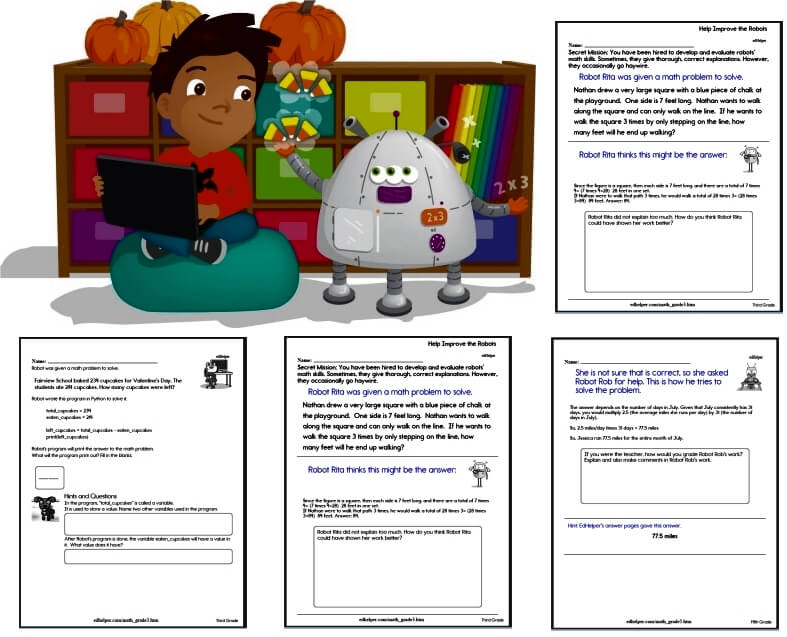
Daily Math Practice
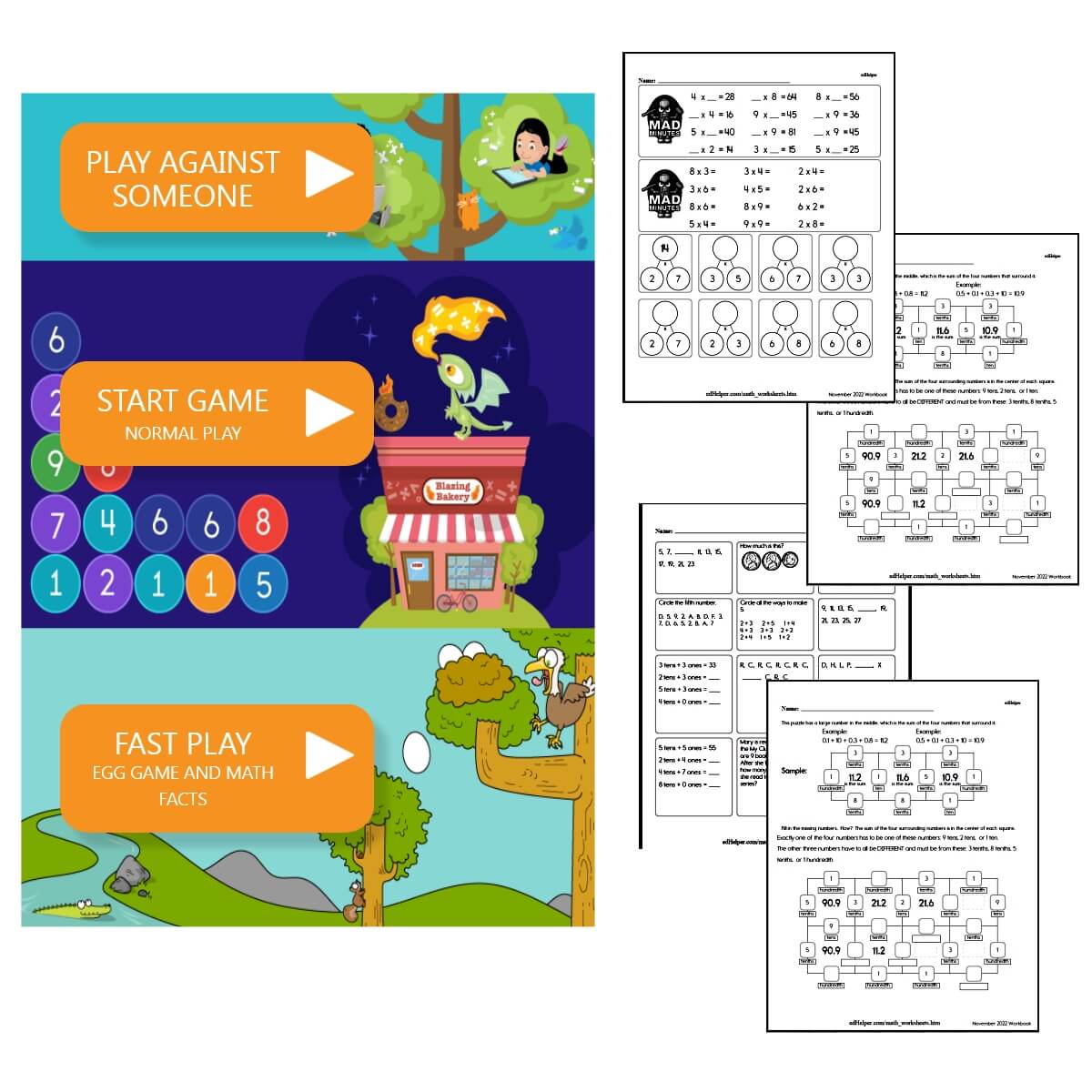
Math Homework for Generation Alpha
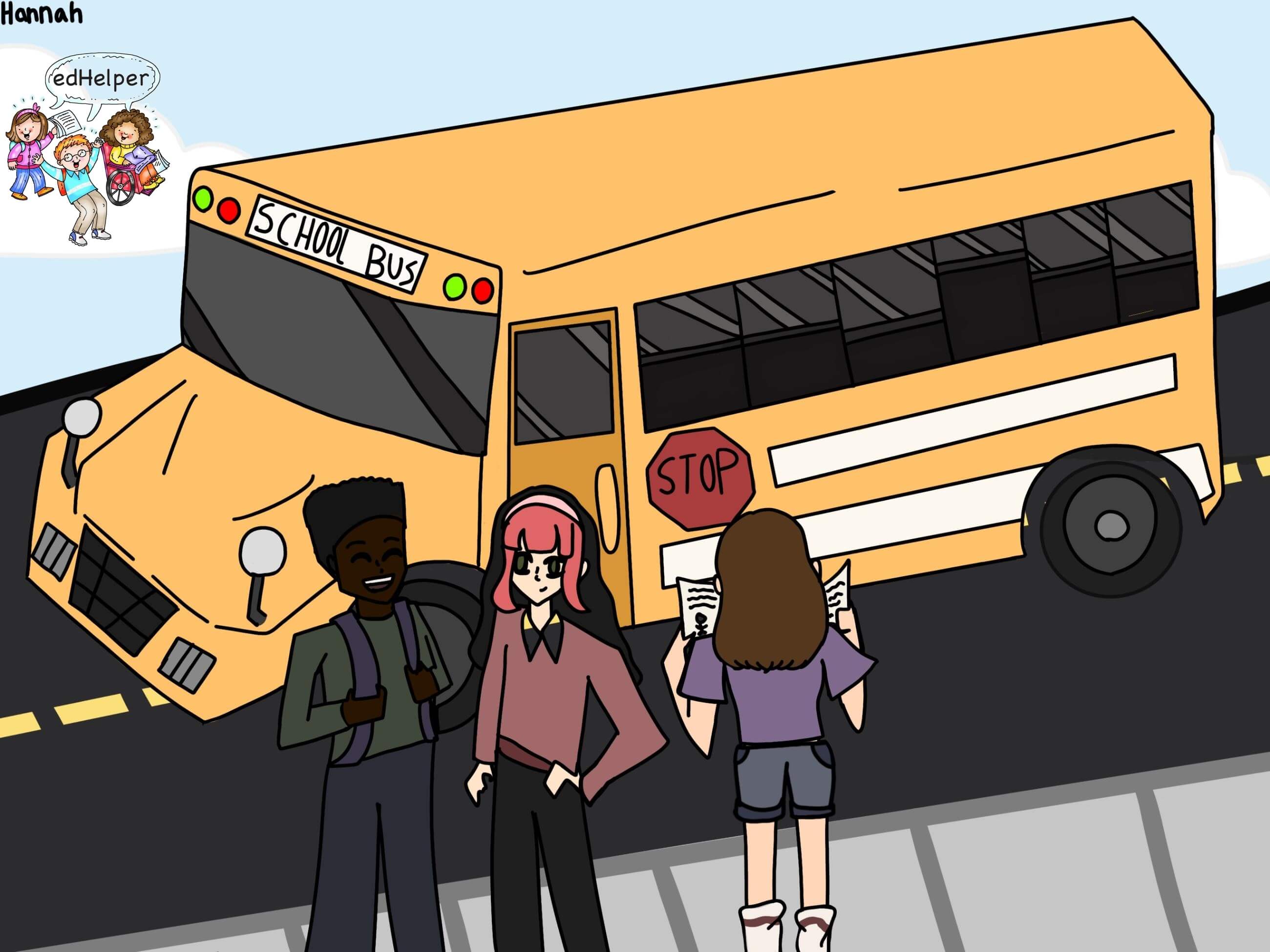
Freebies for Busy Teachers
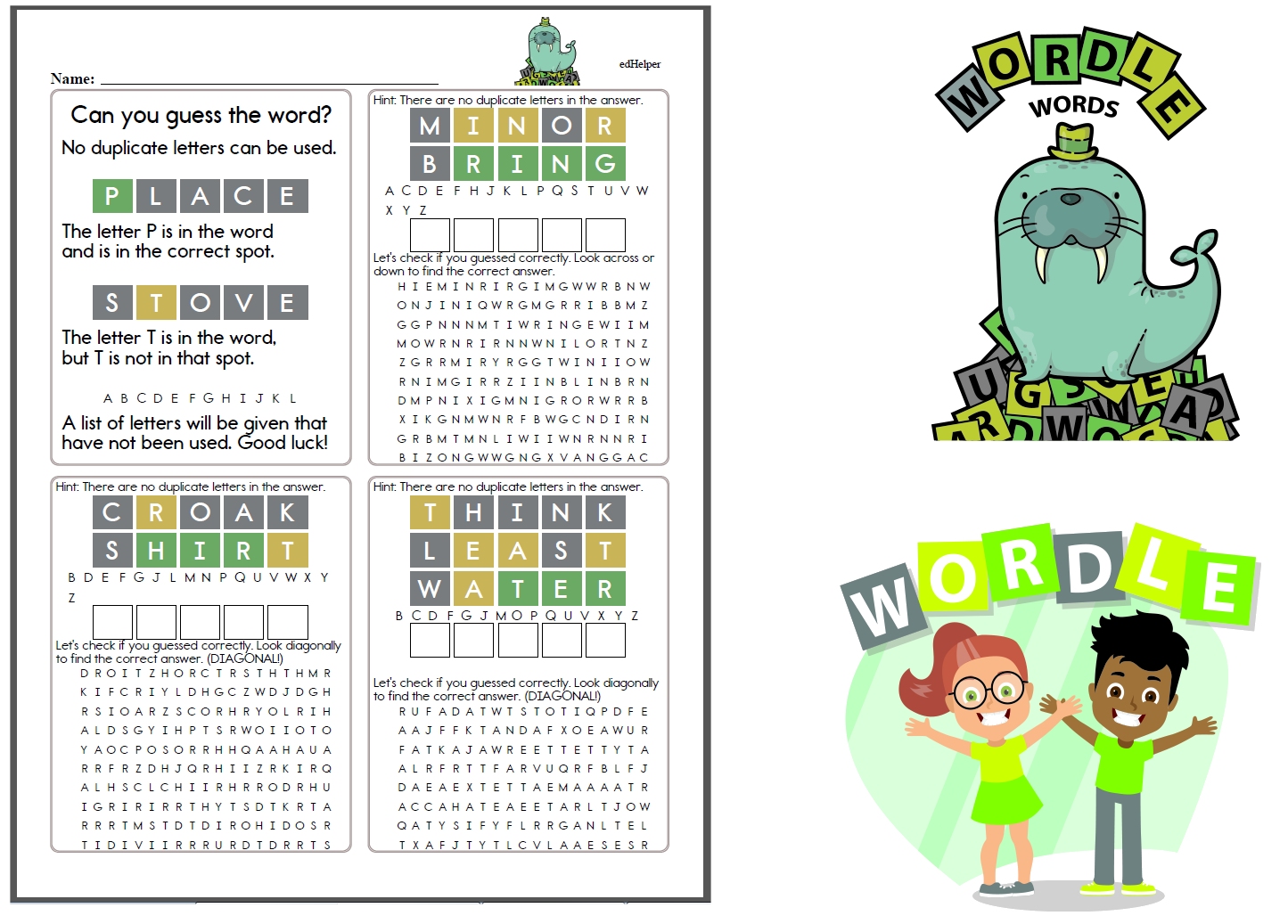
Wordle Worksheets

Mental Math Task Cards
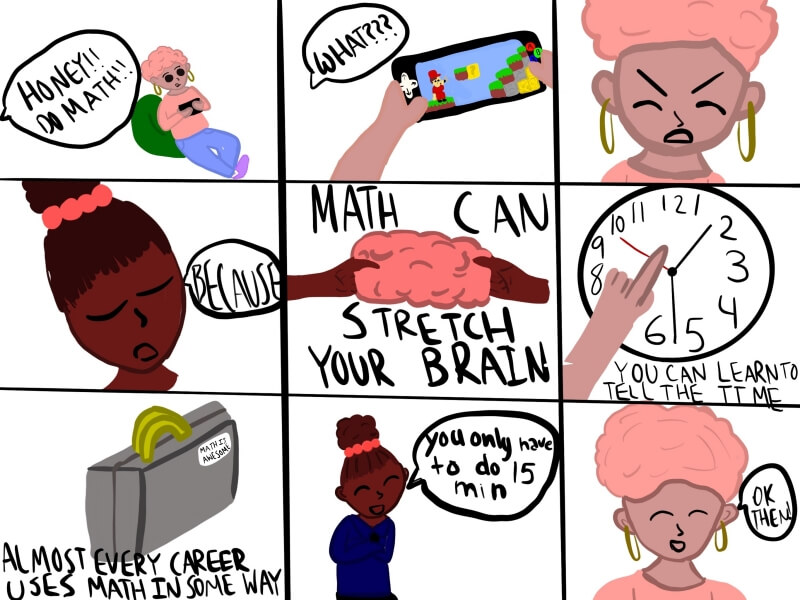
Elementary School Children Don't Get Enough Math Practice at Home
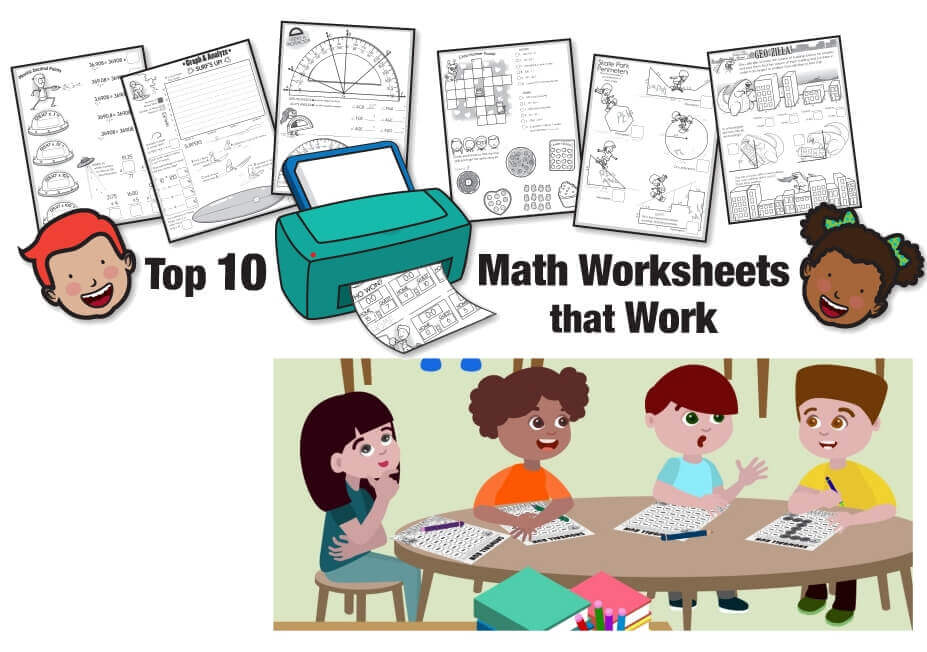
10 Math Worksheets That Work for Teachers (Free Printables)
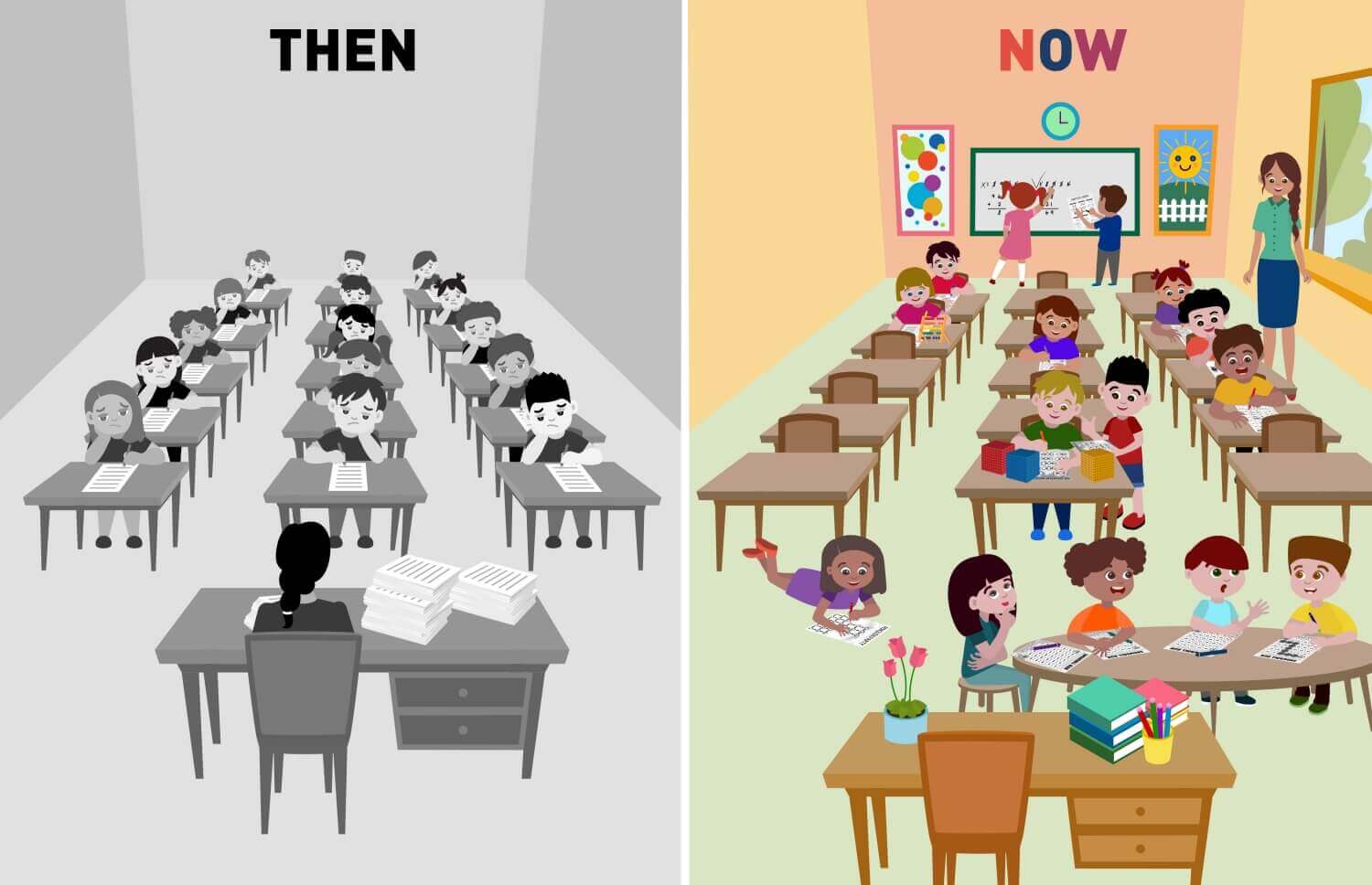
Do Math Worksheets Really Work? What We Found May Surprise You.
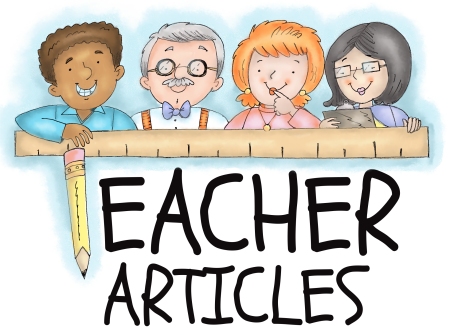
Best Teaching Ideas
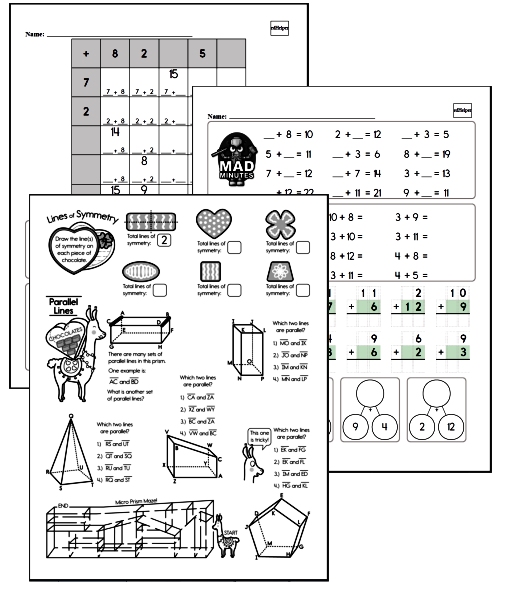
Math Worksheets
Free Math Worksheets - No Login
Kindergarten Jumbo Math Worksheets PackFirst Grade Jumbo Math Worksheets Pack
Second Grade Jumbo Math Worksheets Pack
Third Grade Jumbo Math Worksheets Pack
Fourth Grade Jumbo Math Worksheets Pack
Fifth Grade Jumbo Math Worksheets Pack
Sixth Grade Jumbo Math Worksheets Pack
Middle School Jumbo Math Worksheets Pack
